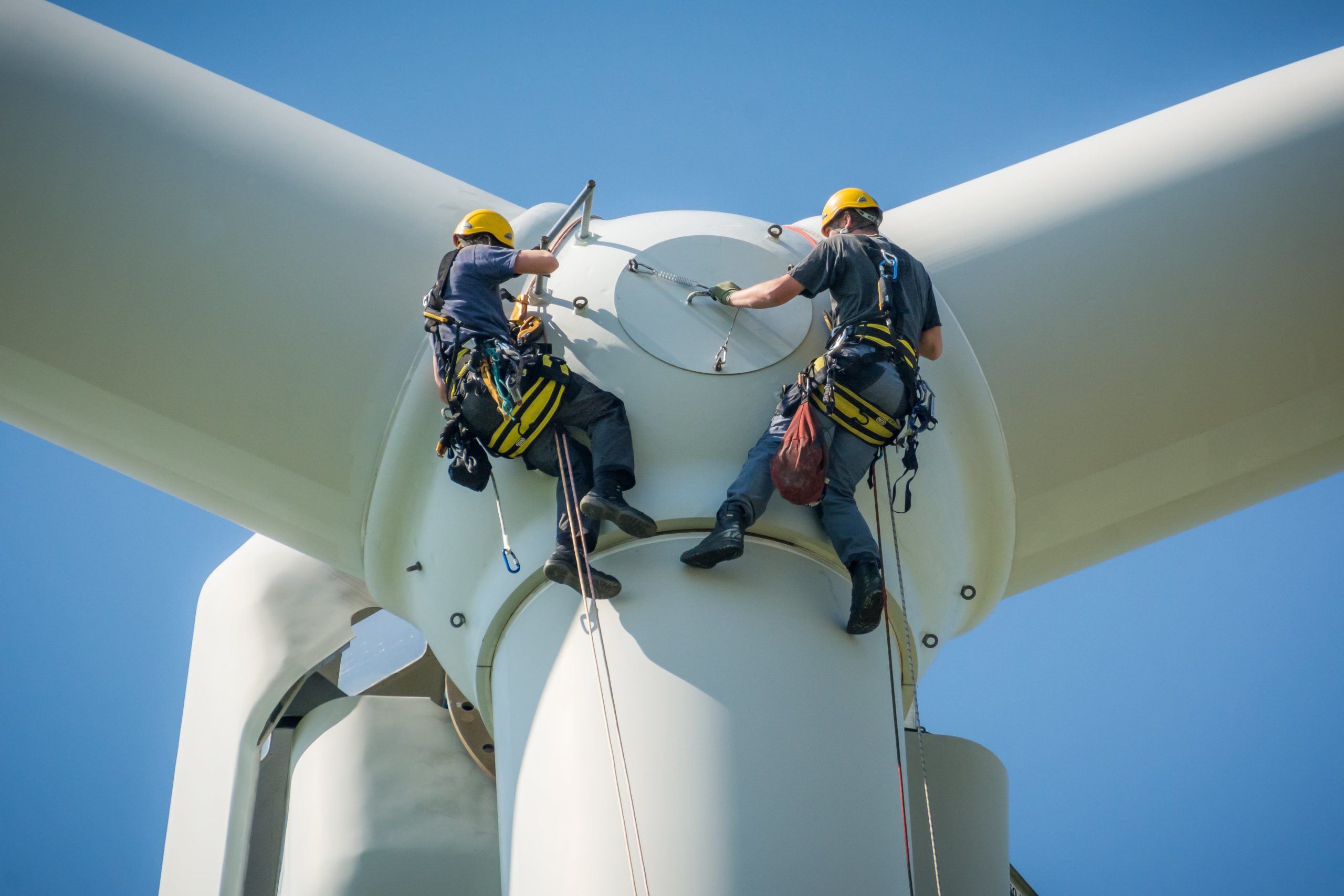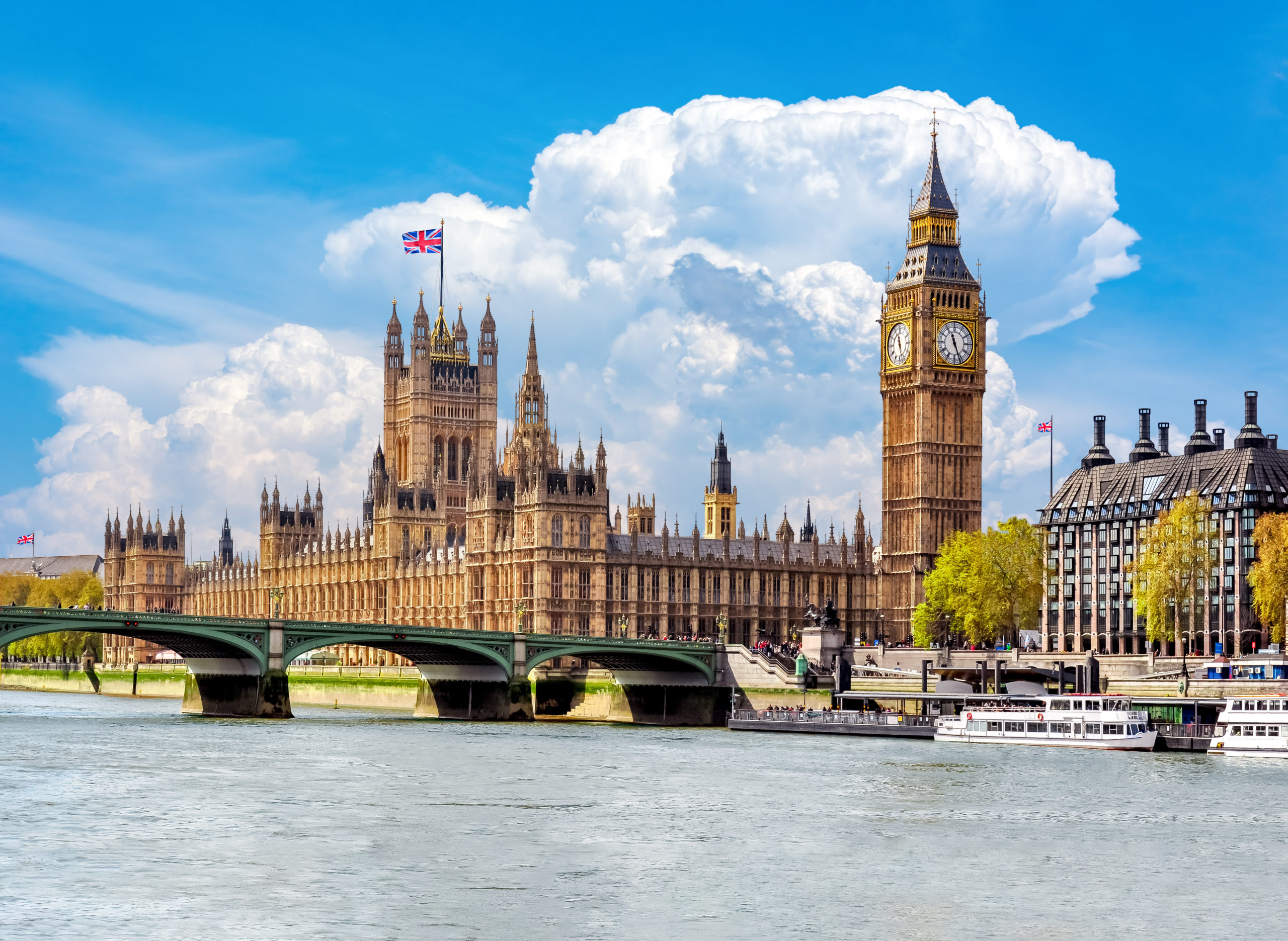Source: WIRED
Setting the stage for bladeless turbines
The UK is already one of the world-leaders in wind energy. The sight of turbines moving in unison is familiar to anyone who’s ever driven through the British countryside. As a small island with frequent strong winds, we are uniquely placed to benefit greatly from wind energy. It generated 11% of our total electricity in 2015 and, in 2016, generated more energy than coal.
We are now the 6th largest producer of wind energy in the world, which is especially impressive considering the size of the other countries on the list: China, USA, India etc. As a society we are also very open to the idea of wind energy, with recent polls showing public support as high as 75%.
An ill wind blows
However, the current breed of wind turbines are far from perfect. Traditional wind turbines are based on a simple premise. The blades are slightly curved, like the airfoil wings of a plane, in order to maximise lift. That is, the upward force generated by the wind passing over the blades. The wind turns the blades which then turn the central shaft of the turbine, which acts much like a dynamo on a bike.
Aside from the obvious problem that the amount of energy produced varies greatly depending on the amount of wind, bladed turbines have a couple of specific problems of their own. Firstly, as turbines grow, their components become larger. The average turbine now is 15 times bigger than it was in the 1990s. This makes them harder to transport and means they require more materials to produce. A recent article in The Spectator presented a damning verdict on wind turbines: the amount of fossil fuels needed to build and transport them effectively cancels out their green credentials. Blades also create noise pollution for people living nearby and kill hundreds of bats and birds every year, again undermining their positive environmental impact.
This current state of affairs is unsustainable. The British Isles simply aren’t big enough to house the number of wind turbines that would be needed to keep the country running (about 350,000 according to the same Spectator article.)
But should we give up on wind altogether and focus on alternatives such as natural gas or nuclear energy? Before we jump to any conclusions, it’s worth looking a new development that could improve the performance of wind energy: bladeless turbines.
The future of wind energy?
The first bladeless turbines were produced by Spanish company Vortex Bladeless. Instead of capturing energy through the movement of a propellor, the turbine works using what is called ‘vorticity’. This is the power of the the vortices that are created when wind buffets an object. These miniature cyclones have been the bane of many an engineer’s life because, in extreme cases, they can have a catastrophic impact on structures. In this video, Vortex co-founder David Yanez explains how one such disaster, the Tacoma Narrows Bridge collapse of 1940, provided the inspiration for their bladeless wind generation technology.
There are certainly some clear environmental benefits of the design. The company boast that the design has no gears, bolts or moving parts. This means it can be produced and transported with far less environmental impact than a traditional turbine. The lack of blades also means that problems of noise pollution and danger to birds are eliminated. In 2015 the RSPB, one of the biggest critics of old-style wind turbines in the UK, came out in favour of bladeless turbines.
But is this enough? It is estimated that a bladeless turbine produces 30% less energy than a bladed turbine, although the makers say that this is offset by the fact that they cost 40% less to produce. However, some experts are still questioning the efficiency of the design. Sheila Widnall, an aeronautics professor from MIT, doubts the system’s reliability, saying ‘You won’t be able to get as much energy out of it as you want to because the oscillation is fundamentally turbulent.’ She also challenges the idea that the new turbines will be silent, saying that the shaking of the cylinder ‘will sound like a freight train coming through your wind farm.’
The answer isn’t blowing in the wind
Bladeless turbines have some clear benefits over traditional turbines. But with a growing population needing more and more energy, should we really be investing in a design that is markedly less efficient than its predecessor? Maybe wind energy is just too unreliable to build a country’s infrastructure on? As Matt Ridley puts it, ‘wind turbines are pretty good already; the problem is the wind resource itself, and we cannot change that.’
Wind energy will always be a popular choice. It has a squeaky-clean image and feels like a step in the right direction. However, if we want to keep our country running in years to come, we owe it to ourselves to invest in less popular but more effective technologies like nuclear power and natural gas.
So are bladeless turbines the future of energy creation? Probably not. But that’s not to say that a new design won’t prove us wrong. In fact, we hope it does.
Are you an energy innovator?
If your company is working to harness wind energy, or any other type of renewable power, you may be eligible for an Innovate UK grant. Unlike R&D Tax Credits, these grants are allocated on a competitive basis, with competitions running throughout the year in a number of areas. One of these areas is Infrastructure Systems, and the current competition closes on the 13th September. Innovate UK are offering a share of £15 million to UK companies working ‘to develop innovative solutions to challenges in infrastructure systems.’
One of the examples given in the competition overview is wind energy, specifically ‘Innovations that, when in use, will result in substantial reductions in the cost of energy from offshore wind.’
Because these grants are handed out competitively, your application will have to really stand out. That’s where we come in. We have experts on hand who have years of experience with Innovate UK applications and we can guide you through every step of the process.
Get in touch today and let us put the wind back in your sails.




